Practising the art of Ikebana – vintage photo from Japan
I like the Zen aesthetic of Ikebana flower arrangements where space is as important as the detail. The graceful, clean lines are given room to express their elegance and the favoured asymmetrical forms reinforce the dynamic. Silence was traditionally a prerequisite for practising Ikebana and the Zen masters valued it as a contemplative art form. The art of Ikebna has been taught for over 450 years. Instead of an array of colourful flower petals, Ikebana often highlights only two or three flowers combined with other parts of the plant, i.e. stems, branches and leaves, to define shape, line and form. The vessel containing the arrangement are also given much consideration.
Ikebana History
From pre-Buddhist times, the Japanese used evergreen trees and flowers to invoke nature gods and some claim this practice is at the heart of secular Ikebana. Japan’s deep connection with nature in the form of flowers, wild plants and trees is apparent even in the earliest of Japanese writings.
Ikebana, first appeared in the Muromachi Period (from the late 14th century to the mid 16th century). It was during this period that much of what was to become viewed as traditional Japanese art and its canon of beauty was established. The Shoin-style of residential architecture, the tea ceremony, Ikebana, noh plays, renga verse and garden design, all have their beginnings in the Muromachi period. Ikebana was used in the Buddhist temples for altar decorations and worship. The translation of Ikebana is ” priest of the lake ” from a Buddhist priest who lived next to a lake and was sought out for his skills in flower arrangement This was at the the Rokkakudo Temple, official name is Shiun-ji Purple Cloud Temple in Kyoto.
The Rokkakudo temple was erected in 587 by Prince Shotoku. It is said that Prince Shotoku was searching for materials to build the Shitenno Temple. During his search, one day he went to bathe in a pond, where he hung a Buddhist amulet over a nearby tree. After his bath, he tried to remove the amulet, but he was unable to do so. That same night, the Prince saw the Buddha in his dream. The Buddha instructed him to erect a temple near the pond at the cedar tree under a purple cloud. From that cedar wood Rokkakudo temple was built to house a Kannon (Quan-Yin) Goddess statue. ( via The Art Of Ikabena )
Ikabana display at a Japanese tea ceremony
From the Azuchi Momoyama period through to the Edo period, Ikebana, seen as a living art form, went through several transitions. The Doboshu style concentrated on flower arrangements based on a standing branch in the centre of the vase which was called tatebana. The samurai class and aristocracy used Ikebana with their detailed form of tea ceremony. In the Edo period, Ikebana underwent one of its most serious shifts. The Ikenobo style of tatebana, influenced by Senno Rikkyu’s chabana (simplified flower arrangements for tea rooms) spread from the samurai warrior class to townsman or urban merchant culture.The simplicity of the Chabana in turn helped create the Nageire or “thrown-in” style. The ‘non structured’ Nagaire style led to the Shoka style, which focused on the uniqueness of the plant, and also the Jiyūka style – a free creative design not confined to flowers as all materials could be used.
With the Meiji period modernization, Ikebana experienced an important adaption. The Meiji government committed itself to educating women and decided that Ikabana art should be defined as training women to be “good wives and wise mothers”. The government literally decreed that, as part of this character formation, Ikebana, once a male art form, was now a standard part of women’s education. This ensured the popularity of the art form into modern times.
Atsushi
Atsushi is the first artist I’m featuring and I feel his arrangements really capture the spirit of Ikebana, nicely complimented by his photography.
Box horsetail, shepherd’s purse Ikebana – Atsushi, Japan
Japan Ikebana by Atsushi
‘Companion’ – Atsushi
Ikebana by Atsushi
Hitorishizuka – Atsushi
‘Early Spring’ by Atsushi
‘I wait for the rain’ – Atsushi
‘Messenger’ – Atsushi
‘Moderation is best’ – Atsushi
Muscari—grape hyacinth by Atsushi
No title – Atsushi
‘Pioneer’ – Camellia japonica, Spiraea
Atsushi
Red spider lily Ikebana by Atsushi
‘Spring Ephemeral’ – Atsushi
Southeast Asia Earthenware Bowl
‘Incense’ – Tsukubai of Awakoganegiku with Shigaraki vase – Atsushi
‘Until the equinox’ – Atsushi, Japan
Goldenrod flower with a ritual implement made of copper – Atsushi
Ikebana by Atsushi – Virginia willow, grass-of-Parnassus
‘Lotus’ by Atsushi
The fruit of lotus and magnolia, in a miso pot from the Cham in Vietnam.
White campion Bana Matsumoto, Yamaji Roh little cuckoo
’63 Ikebana by Atsushi
‘Promise’ – Amaryllidaceae—bracket fungus
Atsushi
‘Red fruit’ – Atsushi
website – Ichihana one leaf by Atsushi
Sofu Teshigahara and family :
Sofu Teshigahara was born in Osaka as the first son of the Ikebana artist Wafu Teshigahara. He broke away from his father because he questioned the traditional Ikebana of arranging flowers in a routine fashion. In 1927 he founded the famous Sogetsu school, which advocates Ikebana as art that respects the individuality of the person arranging the flowers. There are some rules, but no arbitrary dogmas, and those rules are always flexible.
The Sogetsu School aims to be alive, using plants and flowers to express vividly experiences of the present age. Below are some Ikabana art by Sofu, his son Hiroshi and Hiroshi’s daughter Akane. Some of Sofu’s modernist sculptures re included.
Opening installations for the Exhibition 0f Hiroshi Teshigahara at the Museum of Modern Art, Saitama. (July 2007)
Sogetsu Exhibition “Red and Black” June 2009 (Shinjuku Takashimaya, Tokyo) The big arrangement used coloured driftwood as a framework, and was arranged with a soft line of coloured weeping willow, coloured box tree, smoke tree, and glory lily.
Sogetsu Exhibition, Shinjuku – 2005
The fruiting kaki branches are drastically trimmed to present the vigour of the lines. A sense of volume is created by the bright yellow color of the chrysanthemums in the center – Akane Teshigahara
Commemorative Ceremony for the 20th Anniversary of the Enthronement of His Majesty the Emperor in November 2009 at the National Theatre, Tokyo.
These stage flowers were displayed to express the feeling of celebration with red and white moth orchid, camellia, Japanese hemlock, idesia, Citrus natsudaidai, baby’s breath and statice. Spilt bamboo added a sense of rhythm.
Akane Teshigahara
White lace flowers exude a light feeling while the cheerful colours of the poppy give an impression of joyful dancing. – Akane Teshigahara
The glossy China root berries and the soft, brush-like fibers of achiote —By combining these materials both red but with different textures, an exquisite contrast is created. – Akane Teshigahara
Large flowers of soft purple and white hydrangea are placed within free-flowing bottlebrush branches. 2010
Akane Teshigahara
Plenty of delicious-looking persimmons with volume are arranged in a vase with its distinct presence, combined with the beautiful autumn leaves of mountain ash and nerine.- Akane Teshigahara
Akane Teshigahara Ikebna – Golden-apple, Red-hot-poker, Goldenrod
Ceramic vase by Hiroshi Teshigahara
A strong vase was selected to express the buoyant movement of plants.Pine was combined with hydrangea that offers multiple expressions of colors, and lines – Akane Teshigahara
Sofu Teshigahara exhibited an extra large-scale ikebana, Inochi (Life) in which he used veins of 1000 years old wisteria which weighed 3 tons.
Takashimaya Department store in Nihonbas, Japan
A ceramic sculpture by Sofu Teshigahara called Vinasu (Venus) exhibited at the World Modern Art Exhibition, at the Bridgestone Museum.
1957
Two Birds – flamingo lily, dried statice, summer cypress, Oya stone
Sofu Teshigahara, 1951
Sofu Teshigahara – Piacenza SUPERGA 1963
Sofu Teshigahara – Piacenza SUPERGA 1963
( Giorgio Piacenza Dassu )
Byobu & Ikebana; Japanese folding screen and Japanese flower arrangement.
( ConveyorBeltSushi – flickr )
Ikebana 2 – Mochimochi Land
Orange flowering gumtree with gumnuts
ikebanabyjunko.co.uk
Mid Century Ikebana – two branches of celastrus with an abstract sculptured ceramic vessel.
( nibsblog.wordpress.com )
‘Lightning Storm’ from sogetsud, Flickr
Ikebana by Mario Hirama
Ikebana of Soho Sensei
Junko’s Ikebana class
Ikebana using dried material and a vintage modernist vase.
Ikebana using curved lines
( sogetsudc on Flickr )
Ikebana with Bamboo, Camellia, Japanese-quince — Thai Mai Van
Summer solstice 2015 – Catherine White
June 2009 – Atsushi
Jiyuka ikebana by Xenia Melkova
Ikebana Ikenobo Russia
Cours n°36
opaline82 – Flickr
Ikebana in turquoise vase
Morikami Museum & Japanese Gardens
White daisy, red berries and red autumn leaves on a branch ikebana
huaban.com
Stoneware vase – ‘Envelope’ – Alix Brodeur
‘Leaping salmon’ Ikebana – Otomodachi – flickriver
Ikebana Contemporary Shoka for fall- Thai Man Van
Kawase Toshiro Ikebana
Ikebana with spherical vessel – Otomodachi flickriver
Ikebana – Corrie van der Meer Fischer ( sha attacking chi on left balanced with good yoi chi on the right)
Otomodachi – flickriver
Jiyuka Ikebana – Maria Maltseva
Ikebana art, Japanese flower arrangement, by Baiko
Old Japanese TANBA pottery flower vase from KANJI MEIJI era.
A Japanese painting by KAWAI Gyokudo (1873-1957)
ENAMI – Man in Mist
Stoneware Ikebana Container – Elizabeth Sawyer
Contemporary Ikebana Vase – Michael Hamlin Smith
See more Ikebana on this Veniceclayartists post – ‘Contemplating Zen Floral Design’

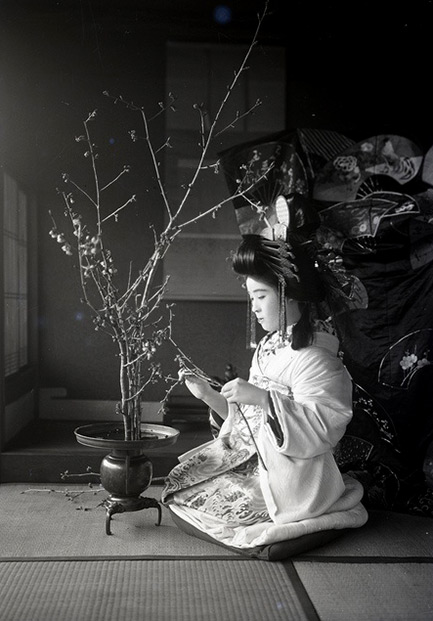
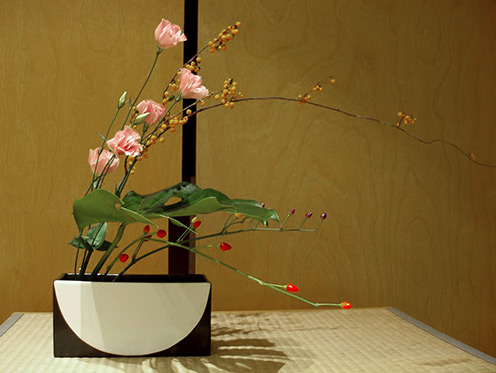
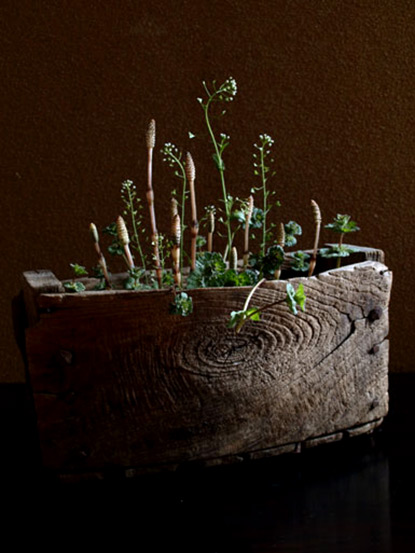
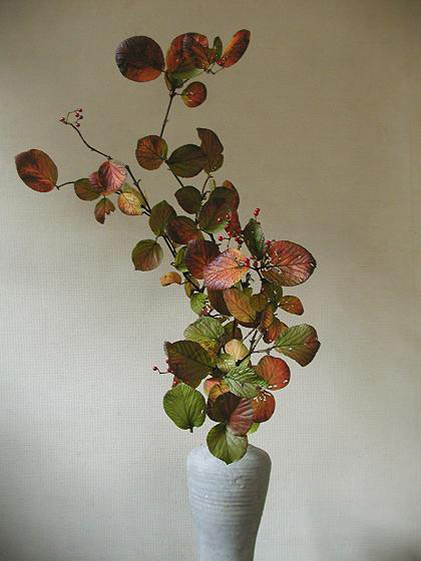
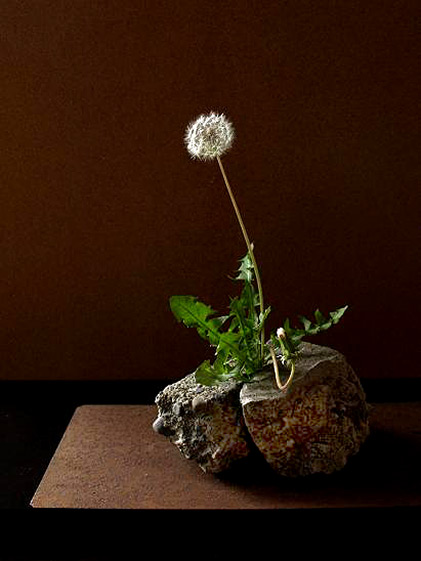
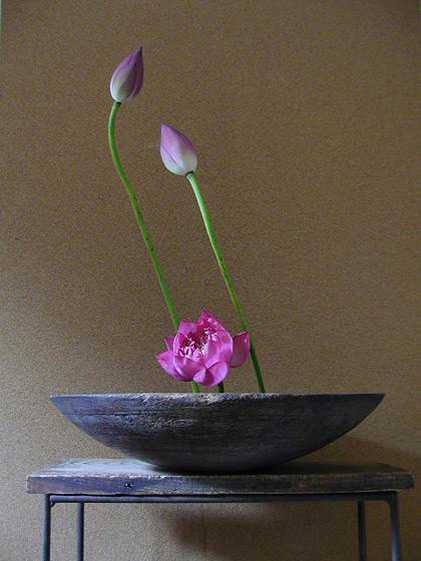
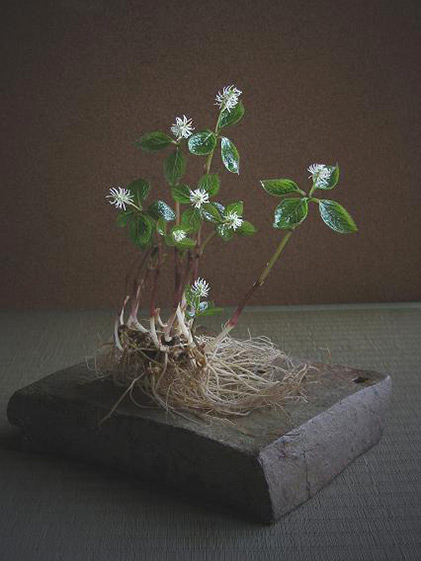
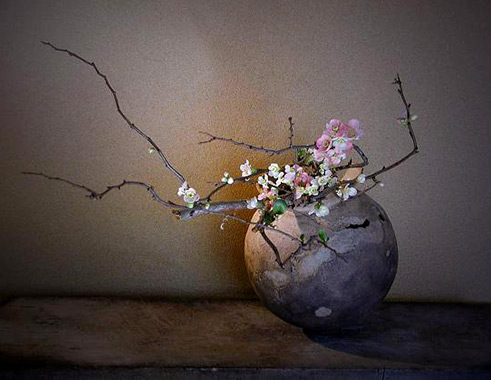
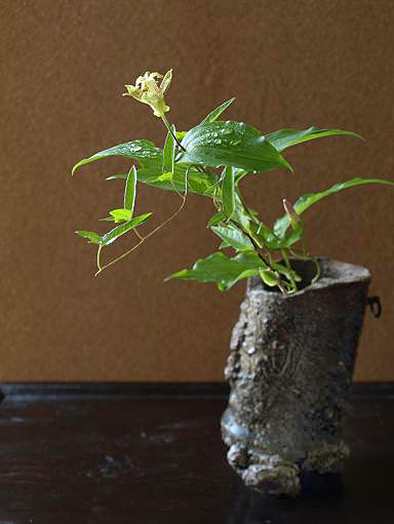

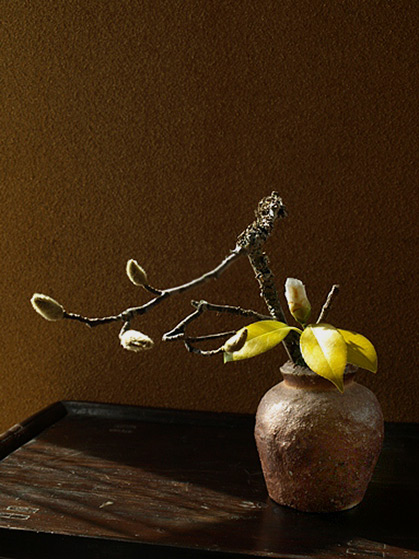
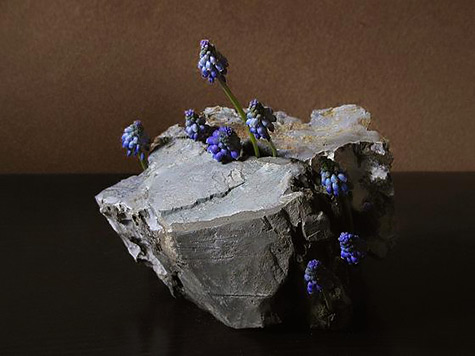

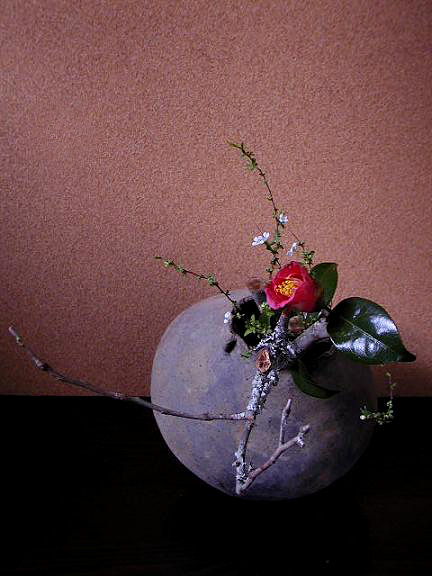
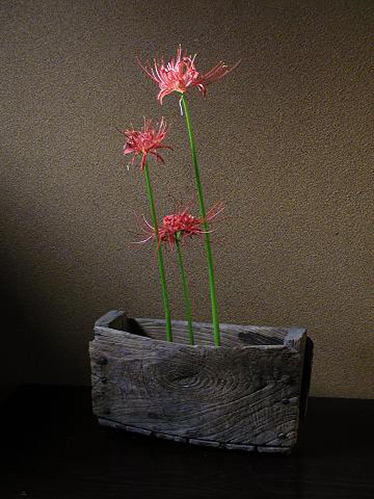
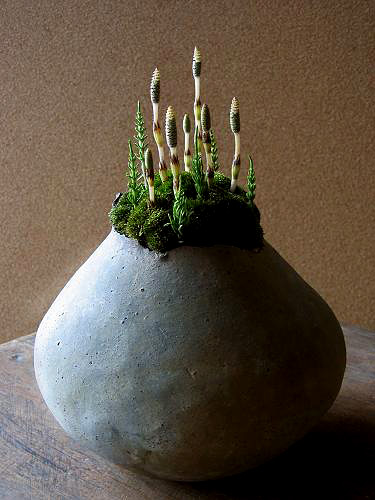
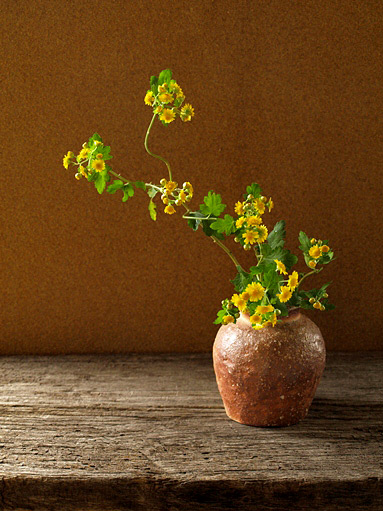
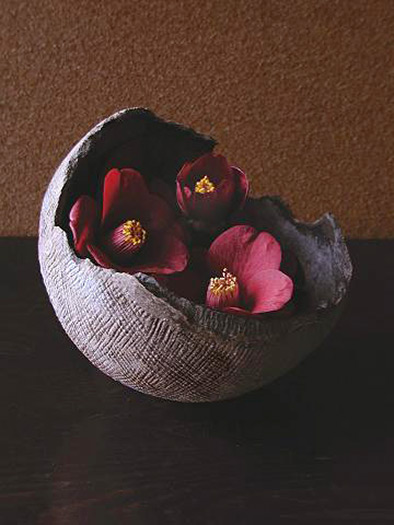
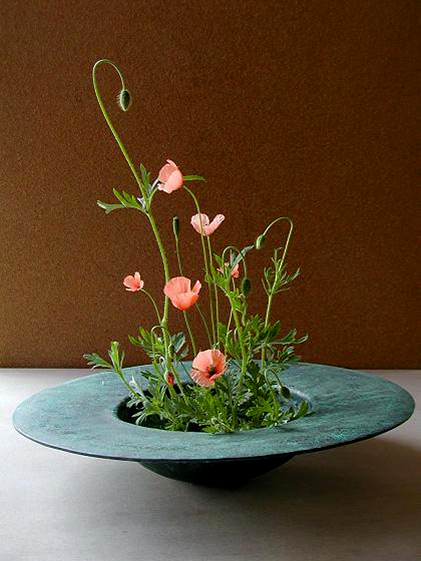
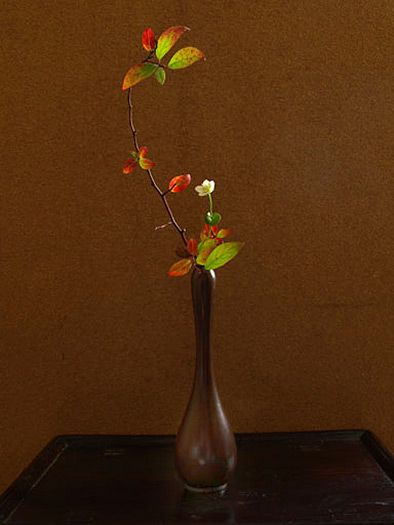

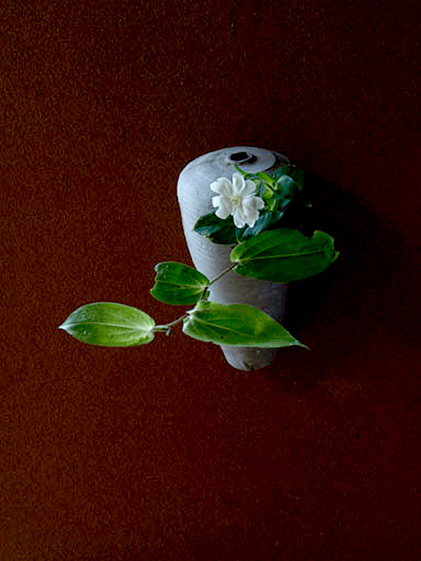

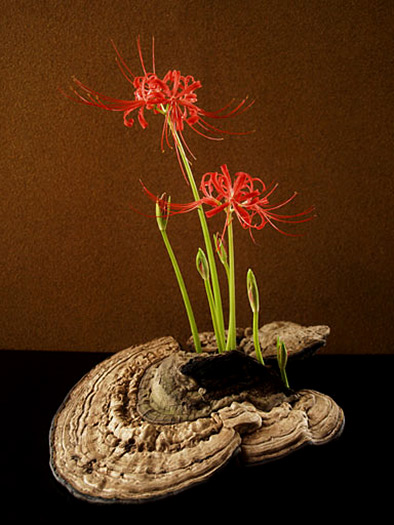
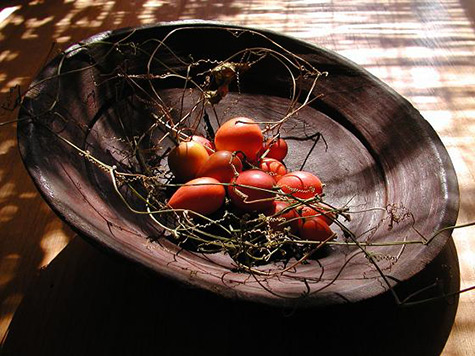
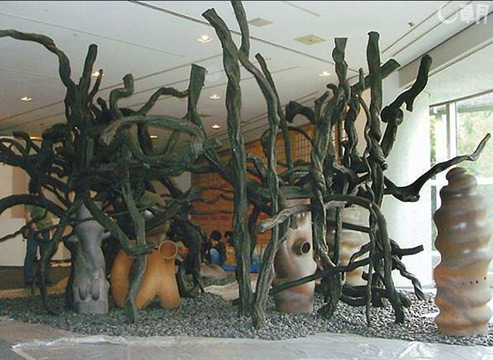
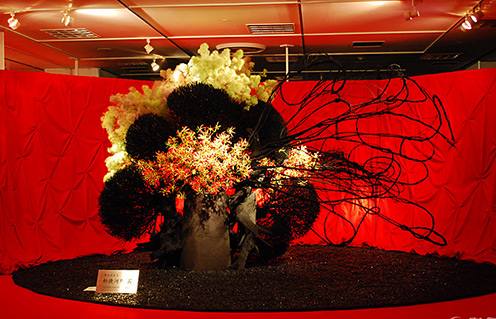
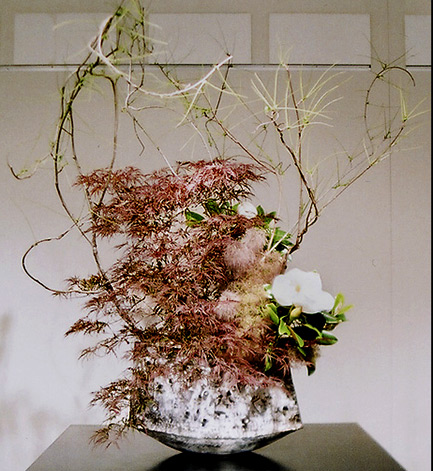
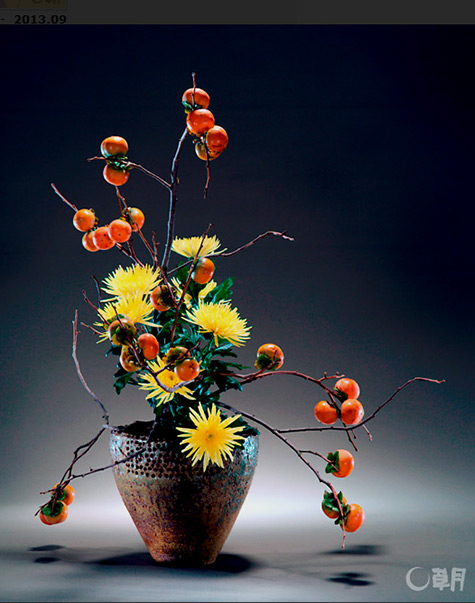





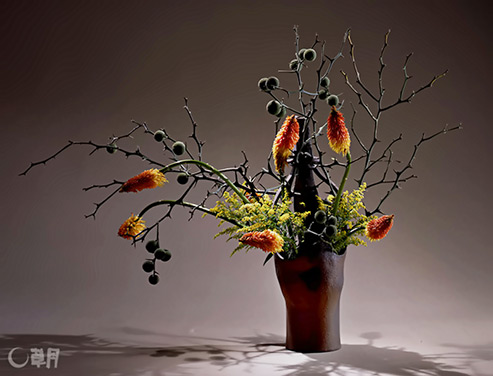
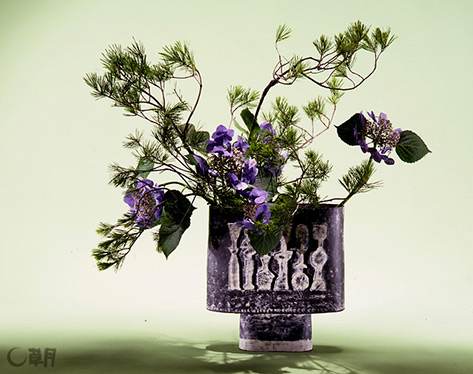

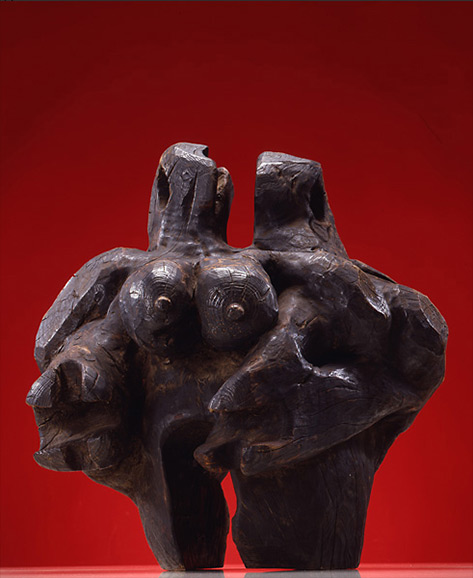
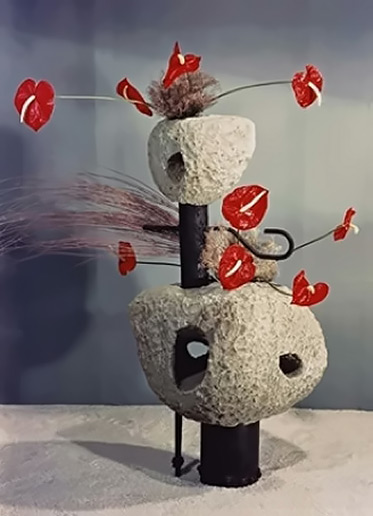
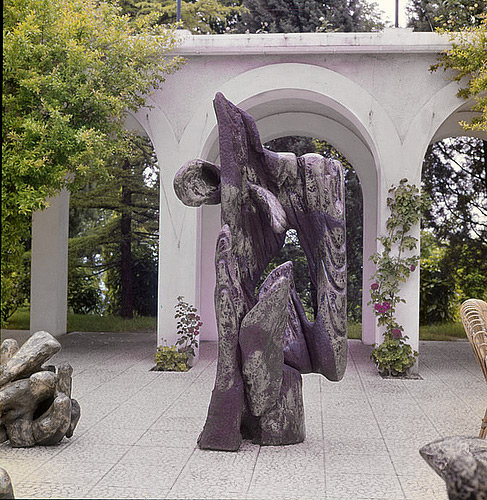
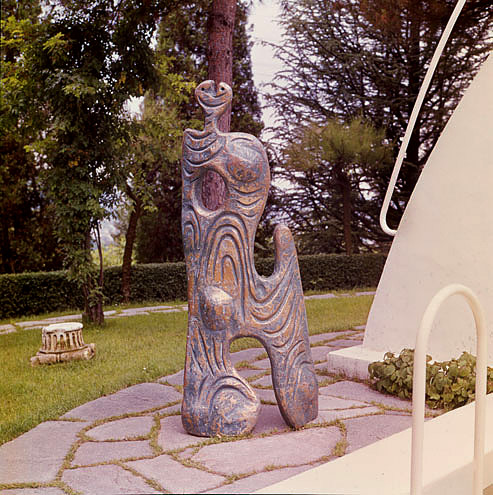
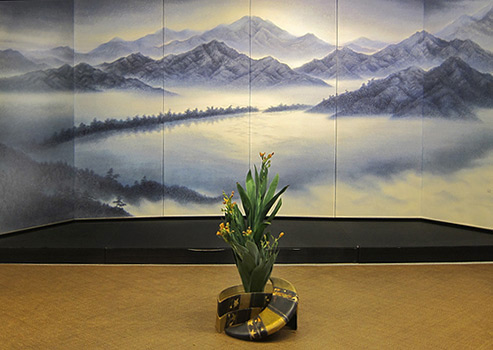
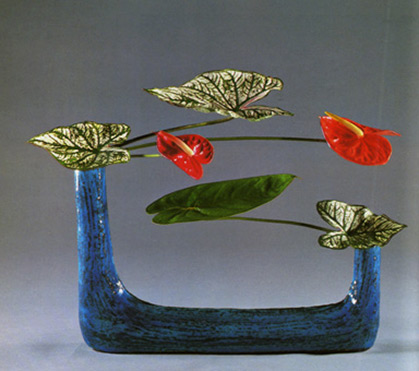
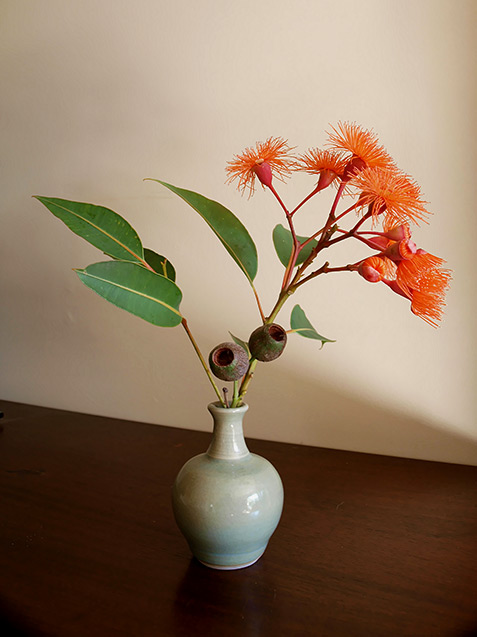
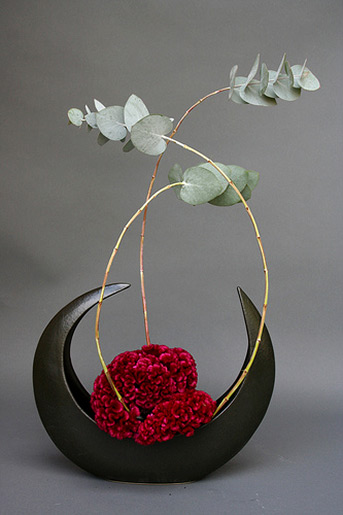
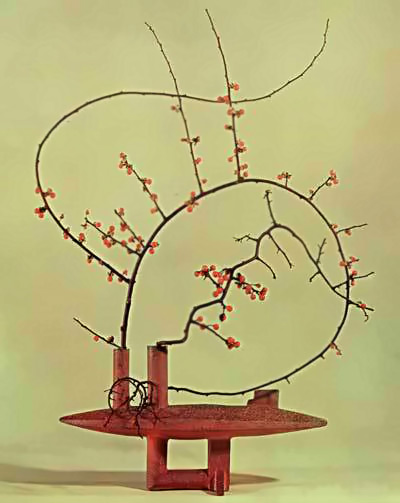
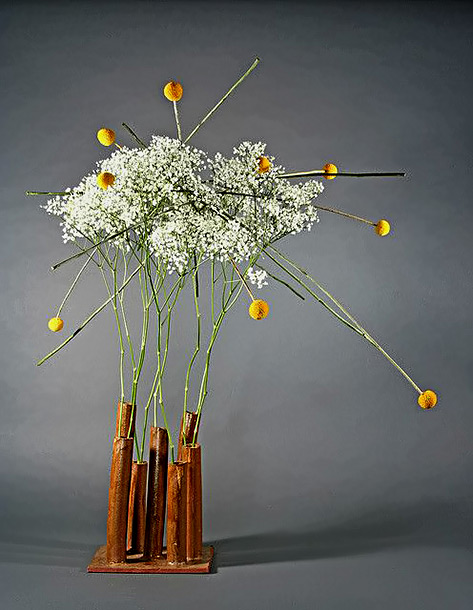
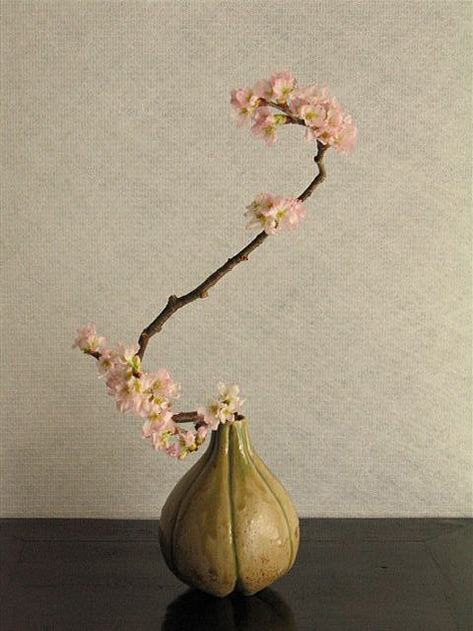
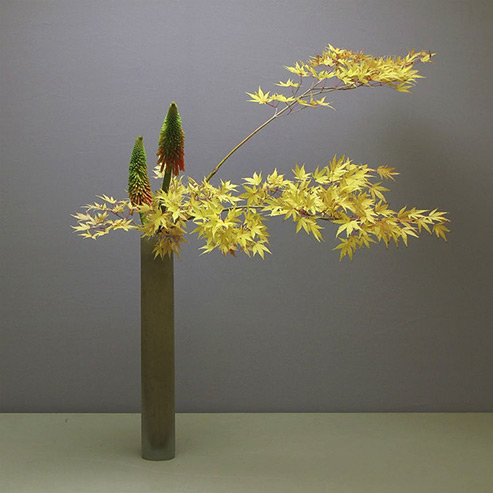
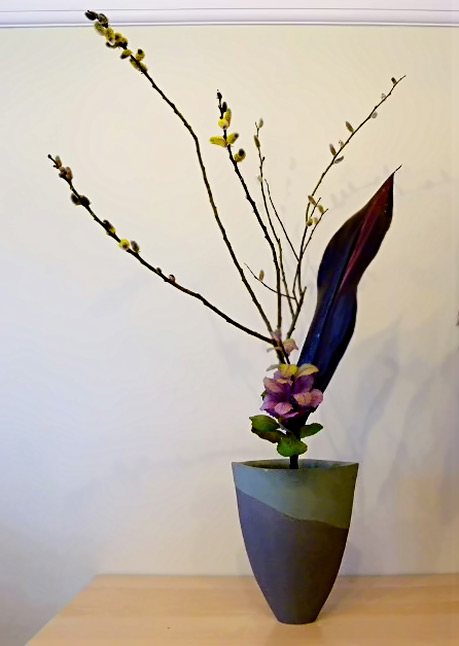
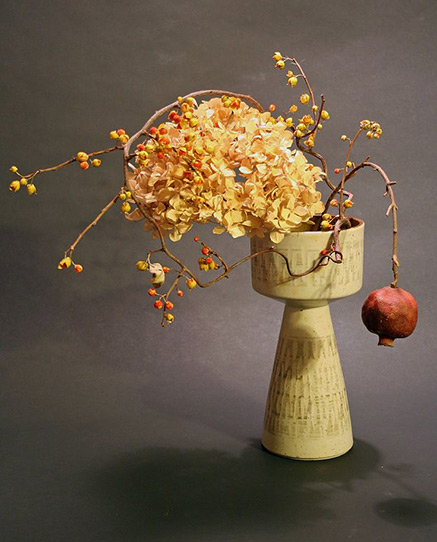
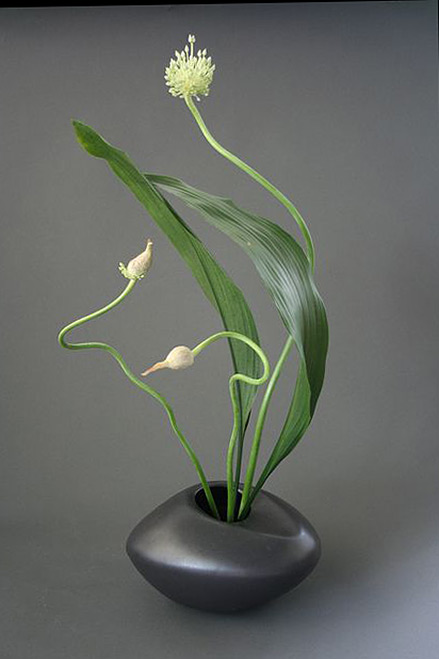
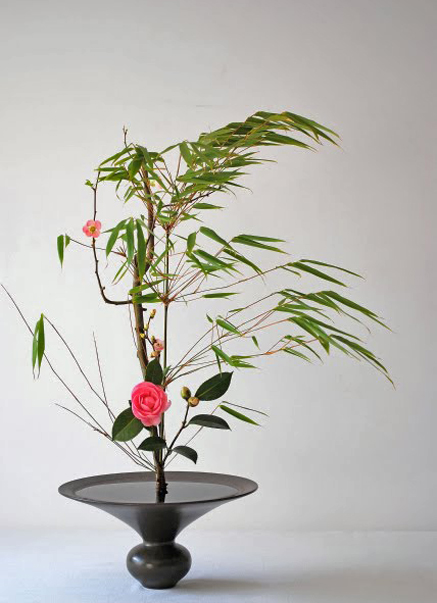
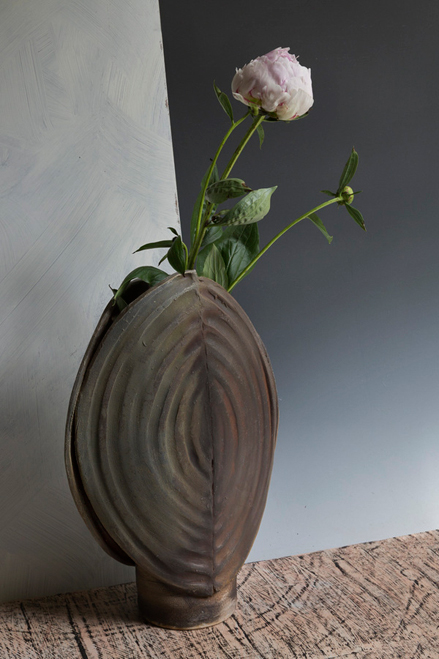
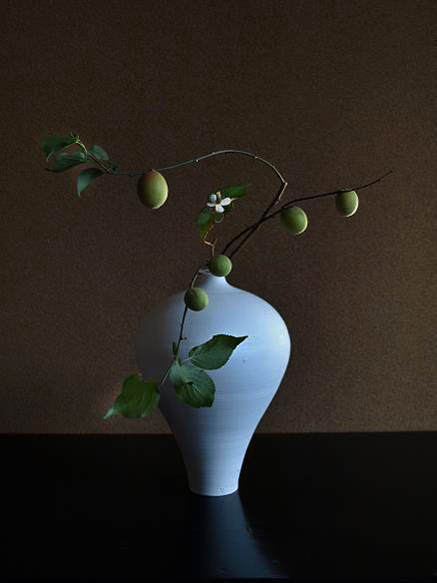
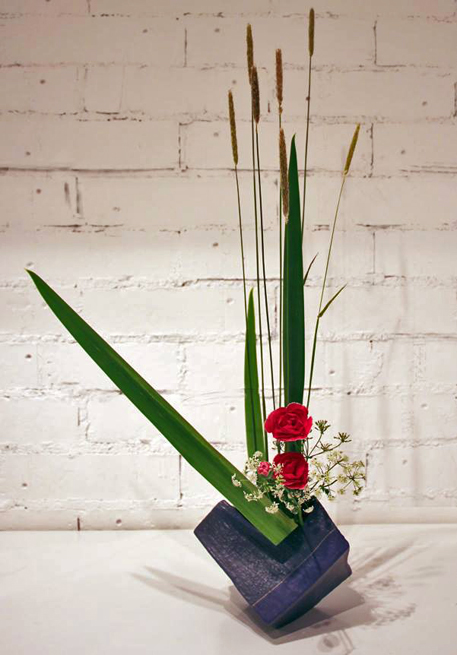
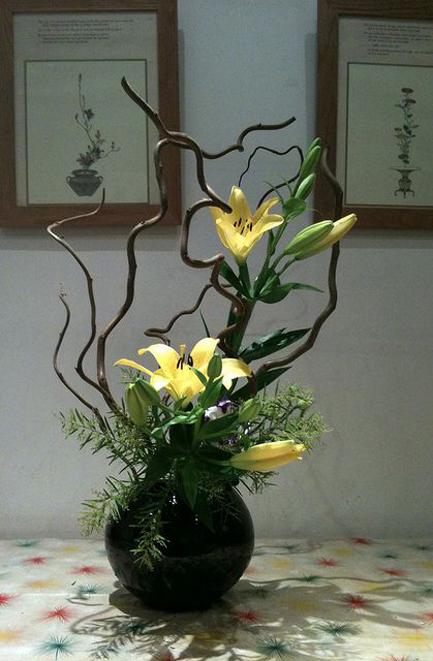
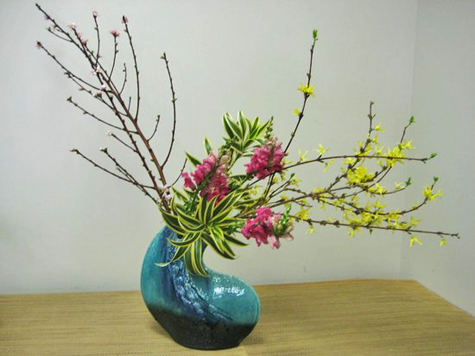
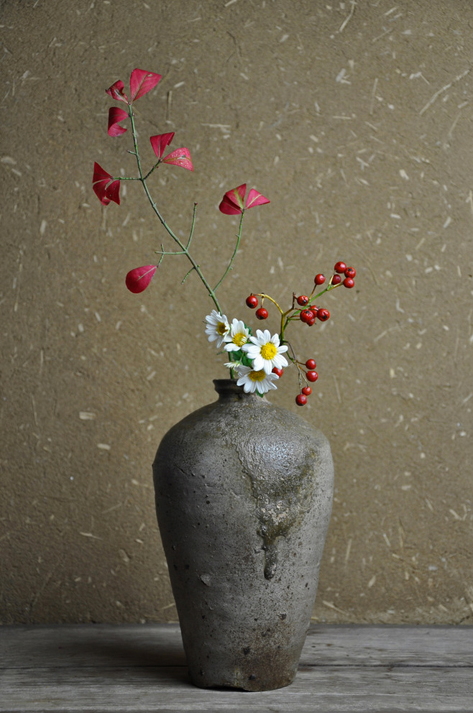
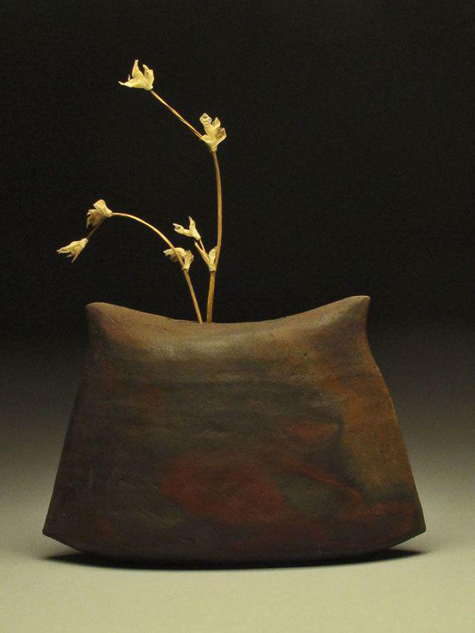

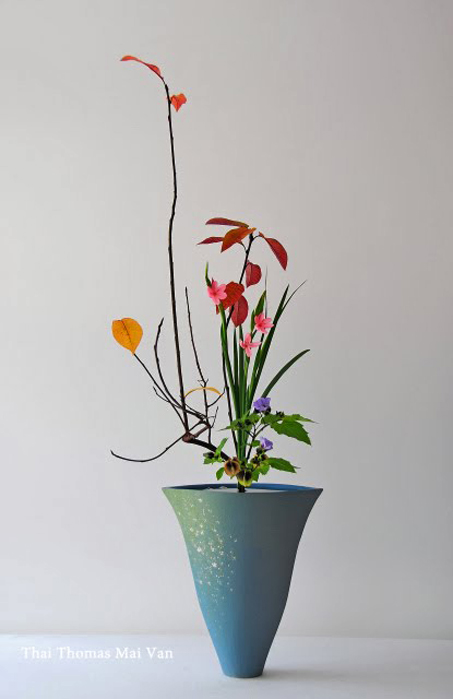

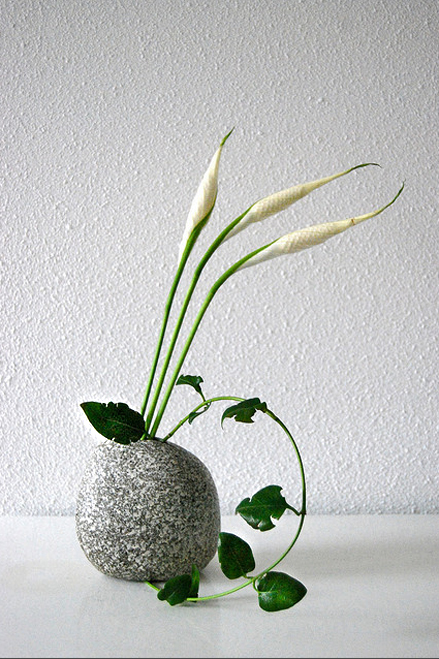
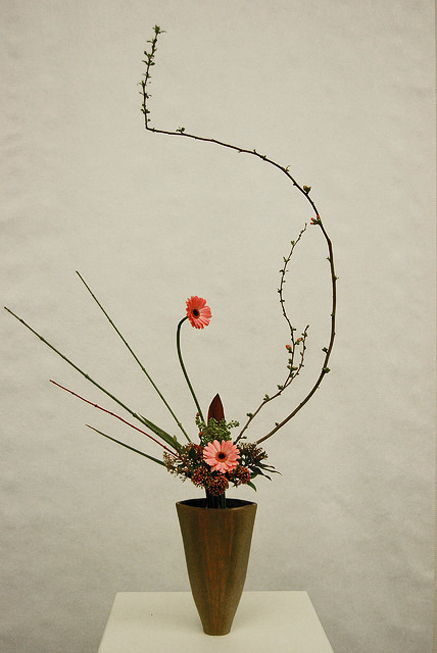
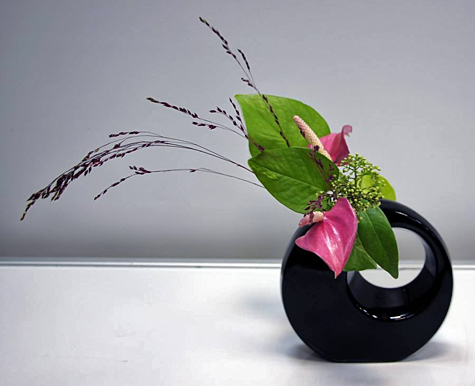
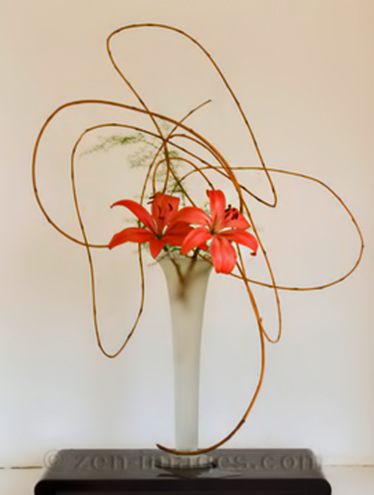
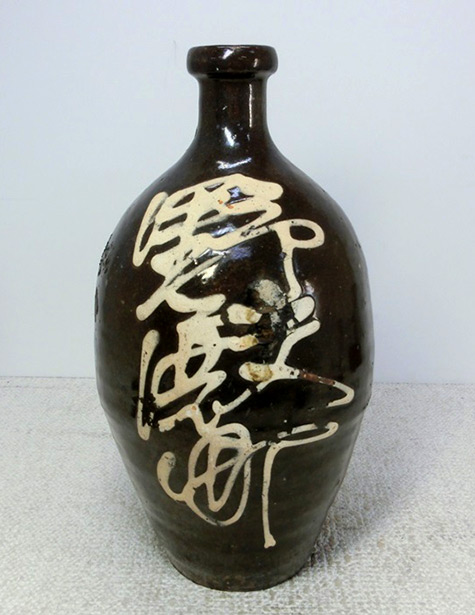
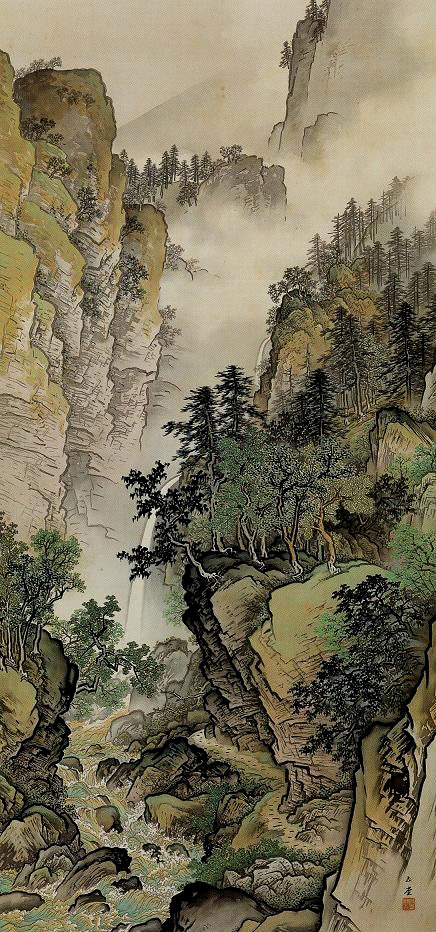
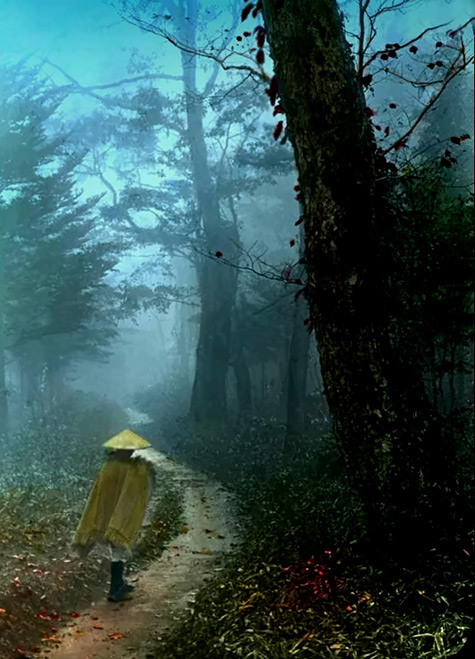
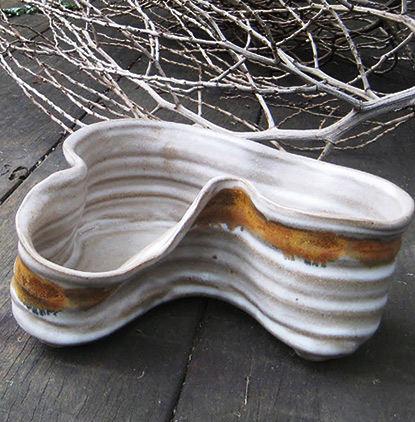
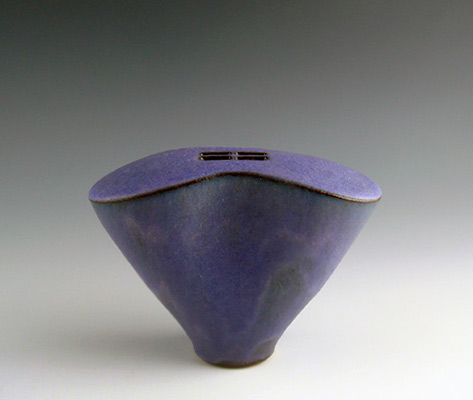
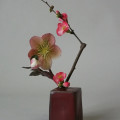
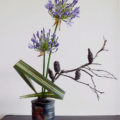
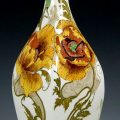
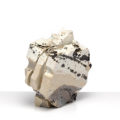








































































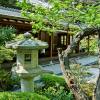
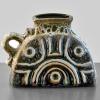
6 Comments
What a beautiful post and exquisite examples of ikebana, thanks so much for all the effort which went into this post; I enjoyed it thoroughly.
As soon as I found this internet site I went on reddit to share some of the love with them.
Wonderful way to exhibit unique flower display, a fine and delicate form of appreciating flowers individually…. lovely
Extraordinary artform so beautifully presented! I learned and enjoyed this so very much. Thank you.
beauty is wonder of wonders.The amazing beauty of the flowers and the stands are beautiful.
I want to know,if I can buy some items. Like those presented. In. Your. Website.
Thank you.